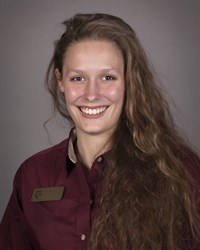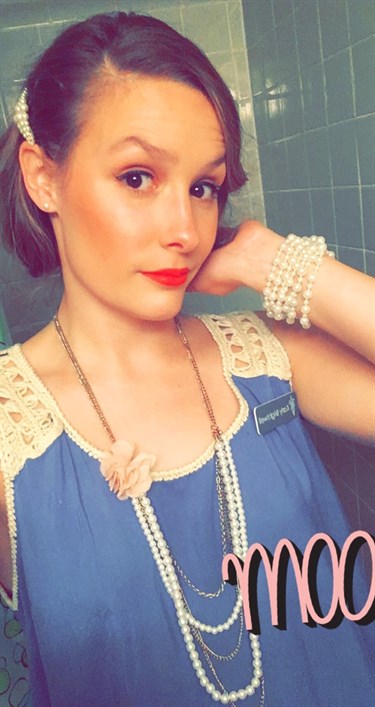 There have been so many things that I have learned throughout my three years in veterinary school. I am extremely grateful for all of the opportunities I have received to learn more than what our general curriculum contains.
There have been so many things that I have learned throughout my three years in veterinary school. I am extremely grateful for all of the opportunities I have received to learn more than what our general curriculum contains.
Last week, I signed up for my certification to be able to do Chronic Wasting Disease (CWD) testing in our community. CWD is a transmissible spongiform encephalopathy that affects cervids—or our white-tail deer, elk, mule deer, etc.—and has a lasting effect on our economy. The disease first came to Texas in 2012, and since then, we have been trying our best to contain it.
This certification is offered through the veterinary school, as well as the Texas Animal Health Commission. The class is part of a program of surveillance in the state of Texas to protect our wild cervid populations.
The certification course was provided to give us information and knowledge on the disease. It also served to train us on the proper ways to test deer antemortem (before they die) in an attempt to determine a cause of death and to survey the effects of CWD on our commercial herds.
We were taught by a veterinarian that is extremely passionate about protecting our Texas herds. We learned to properly collect and submit samples in order to be tested for CWD.
I took time outside of school to attend this certification, and I am so glad that I went because not only is it interesting to learn a real-world application of veterinary medicine that makes a huge impact in our community, but I was also reminded that veterinary medicine has many novel and important applications that are not necessarily just taking care of dogs and cats.

 I have recently been tasked with submitting my fourth-year rotation preferences for our next, and last, year. I cannot believe how quickly the time has passed. I was so overwhelmed when the administration first introduced this process to us.
I have recently been tasked with submitting my fourth-year rotation preferences for our next, and last, year. I cannot believe how quickly the time has passed. I was so overwhelmed when the administration first introduced this process to us.